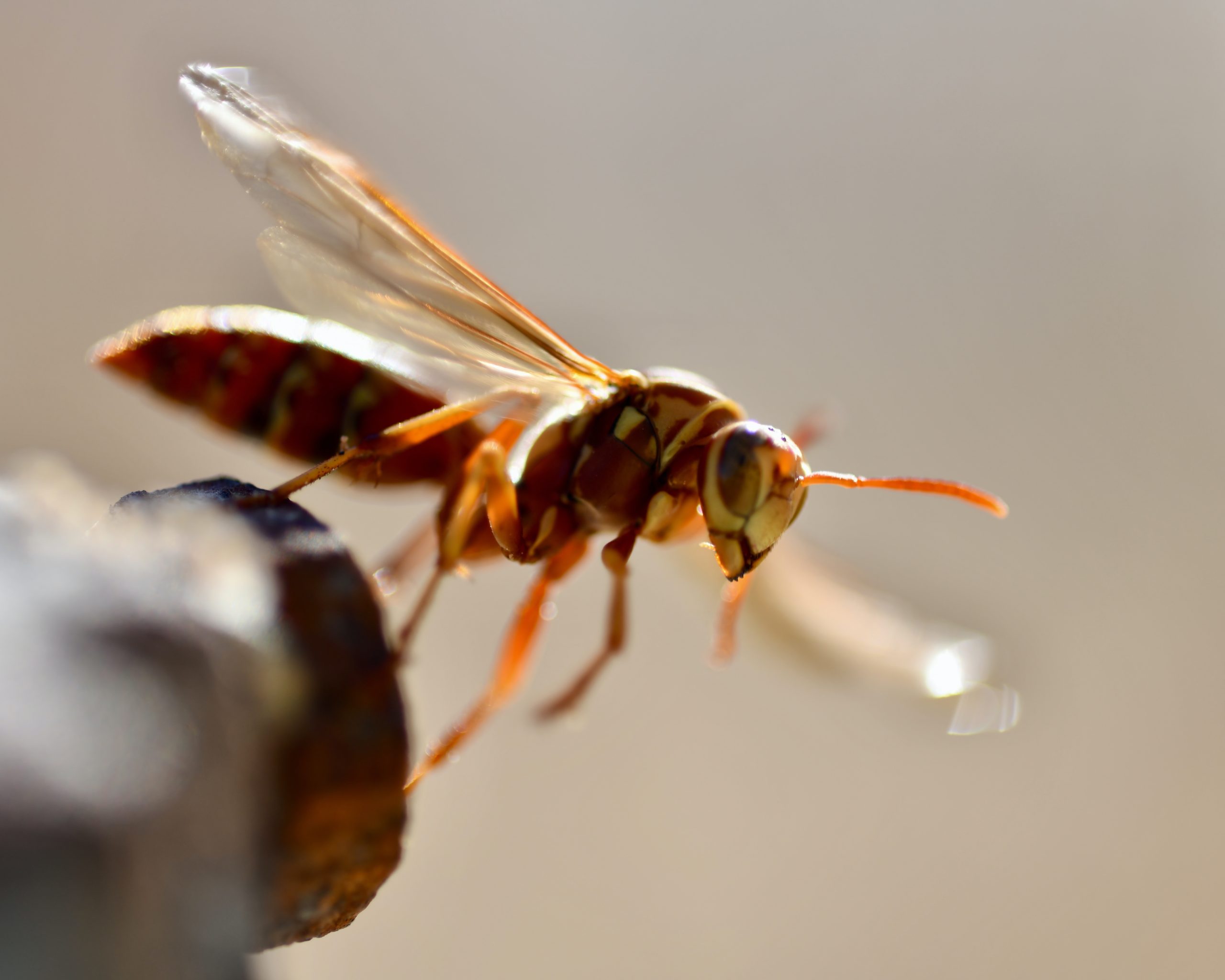How to safely remove a bee sting from your pet?

As pet owners, it’s instinctive to protect our furry friends from harm. In the unexpected event of your pet getting stung by a bee, knowing the right course of action can be the difference between a minor inconvenience and a potentially serious allergic reaction. You may be surprised at how common bee stings are in dogs, but the risk isn’t something to brush off lightly. The reaction from a bee sting can range from mild discomfort to severe swelling and anaphylaxis, depending on the area stung and whether your dog is allergic.
Understanding how to safely remove a bee stinger from your pet and when to reach out to a vet is crucial for all pet parents. This article will provide you with a comprehensive guide on the topic.
En parallèle : Why do rabbits thump their feet?
Recognize the signs of a bee sting
Before you can act, it’s essential to recognize the signs that your pet has been stung. Different dogs react in various ways to bee stings. Some dogs might yelp in pain immediately, while others might only show visible signs of discomfort or abnormal behavior.
Swelling is the most common symptom seen in dogs stung by bees. The affected area often starts to swell within minutes of the sting. This is particularly noticeable if the sting occurs on a part of the body with less fur, like the face or paws. Other signs to look for include sudden scratching, licking, or chewing of a specific area, drooling, hives, and redness around the sting site.
Sujet a lire : What are the best ways to exercise your senior dog?
How to remove a bee stinger
Once you’re certain your pet has been stung by a bee, it’s time to take action. Contrary to popular belief, the way you remove the stinger can significantly impact the severity of your pet’s reaction.
To safely remove a bee stinger from your pet, follow these steps:
- Locate the stinger: The first step is to find the stinger. This can be tricky if your pet has long or thick fur. However, the area where your dog is focusing their attention is a good starting point.
- Use a card to scrape out the stinger: Do not use tweezers or pliers to remove the stinger, as this can squeeze more venom into the sting site, worsening the reaction. Instead, use the edge of a credit card or similar object to scrape the stinger out gently.
- Clean the area: Once the stinger is out, wash the area with mild soap and warm water to clean the wound and help prevent infection.
- Apply a cold compress: This will help to reduce the swelling and numb the area to provide some relief from the pain.
Understanding allergic reaction in pets
While most dogs will only experience minor discomfort from a bee sting, some animals can have an allergic reaction. Allergic reactions to insect stings in pets can vary from mild to severe. Mild reactions are characterized by localized swelling and pain, while severe reactions can lead to difficulty breathing, vomiting, diarrhea, and in rare cases, anaphylaxis.
If you notice any signs of an allergic reaction in your dog, it is crucial to contact your vet immediately. Allergic reactions can escalate rapidly, and prompt treatment could save your pet’s life.
When to contact a veterinarian
Stings on the body are generally less concerning than those on the face or inside the mouth or throat, where swelling may interfere with breathing. In such cases, you should seek help from a vet as soon as possible.
If you have successfully removed the stinger, and your pet is showing no signs of an allergic reaction, you may not need to take them to a vet. However, it’s always a good idea to contact your vet anyway, particularly if it’s the first time your pet has been stung, or if their reaction seems severe or unusual.
Remember, it’s always better to be safe than sorry when it comes to the wellbeing of your pet. Being cautious will help ensure you act effectively and promptly when dealing with bee stings in your dog.
Through this guide, we hope to have equipped you with the necessary knowledge to handle such an incident effectively. Remember, even if it seems scary, remaining calm and acting decisively will make the situation much more manageable.
Home remedies post bee sting removal
After you have safely removed the stinger from your pet, there are a few home remedies you can use to ease your dog’s discomfort and reduce the chance of complications.
Baking soda paste: Mixing one tablespoon of baking soda with enough water to create a paste and applying it to the sting site can help soothe the pain and reduce swelling. Leave the paste on for about 15 to 20 minutes before rinsing it off with warm water.
Ice pack: Applying an ice pack to the affected area can also help to reduce swelling and numb the pain. Wrap the ice pack in a thin towel to avoid direct contact with your pet’s skin, and apply it for short intervals of about 10 minutes.
Antihistamines: While not a home remedy, over-the-counter antihistamines can be given to alleviate allergic reactions in dogs. Make sure to consult with your vet for the correct dosage.
Keep an eye on your dog for the next 24 hours. Monitor their behavior and the sting site for any signs of allergic reactions or infection.
Conclusion: Your responsibility as a pet parent
As a pet parent, taking care of a dog stung by a bee can be nerve-wracking. However, with the right knowledge and preparation, you can effectively handle such incidents. Remember, the key is to remain calm, identify the signs of a bee sting, safely remove the stinger, and apply home remedies to alleviate your pet’s discomfort.
If your dog shows signs of an allergic reaction, such as difficulty breathing, vomiting, or diarrhea, contact your veterinarian or an emergency vet immediately. It’s also important to reach out to your vet if the sting is on the face or inside the mouth or throat, where swelling may interfere with breathing.
Being well-versed with this information is not just about being prepared for a bee or wasp sting; it underlines the responsibility you undertake when you become a pet parent. Always keep your pet’s safety and health your top priority. With knowledge, preparedness, and love, you are fully equipped to protect your furry friend from bee stings and many other potential hazards.
